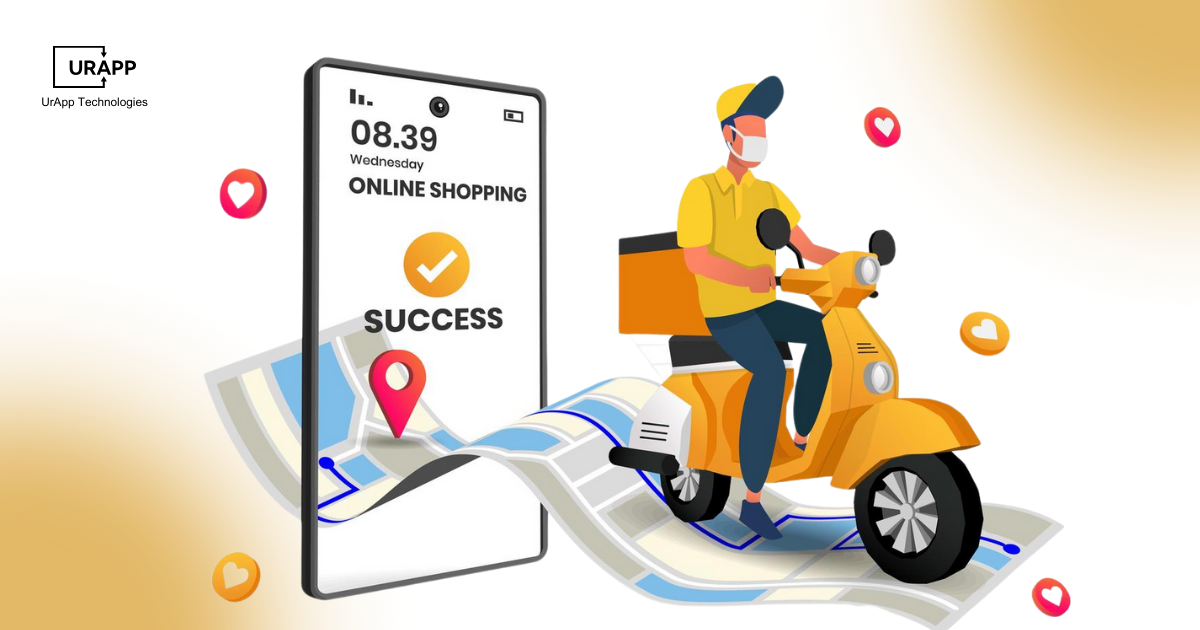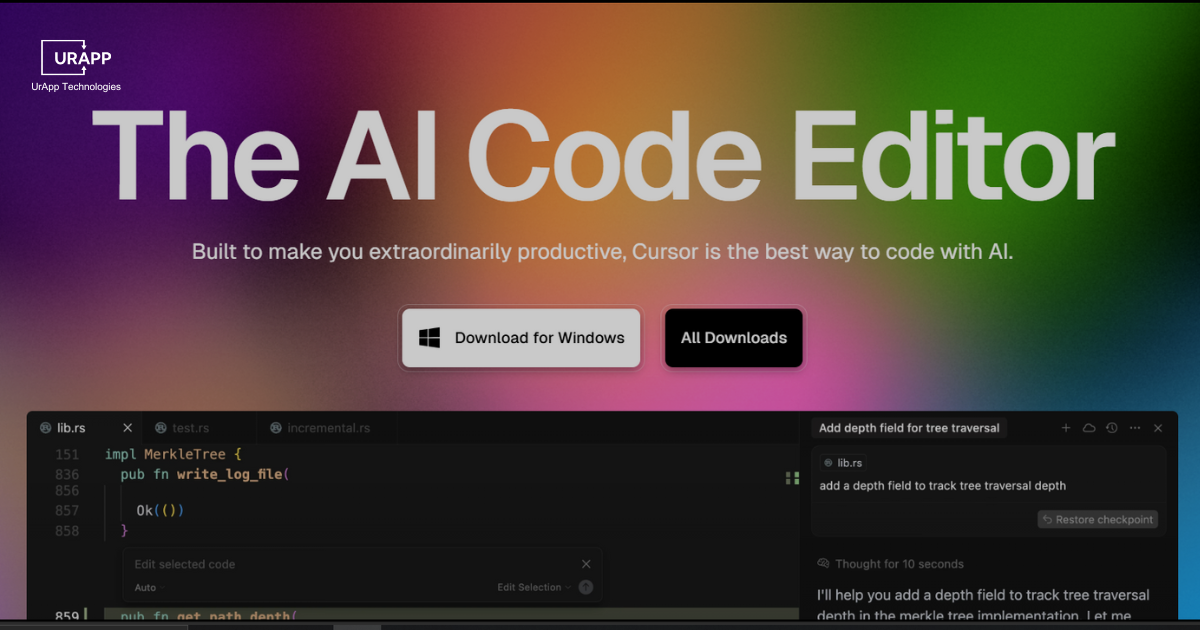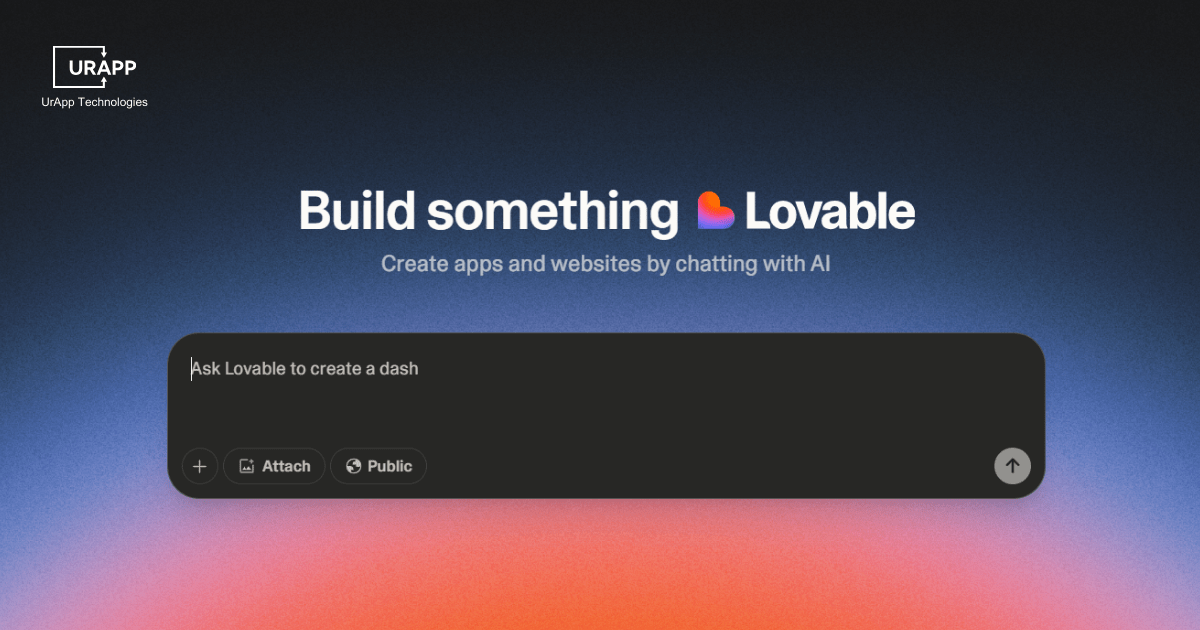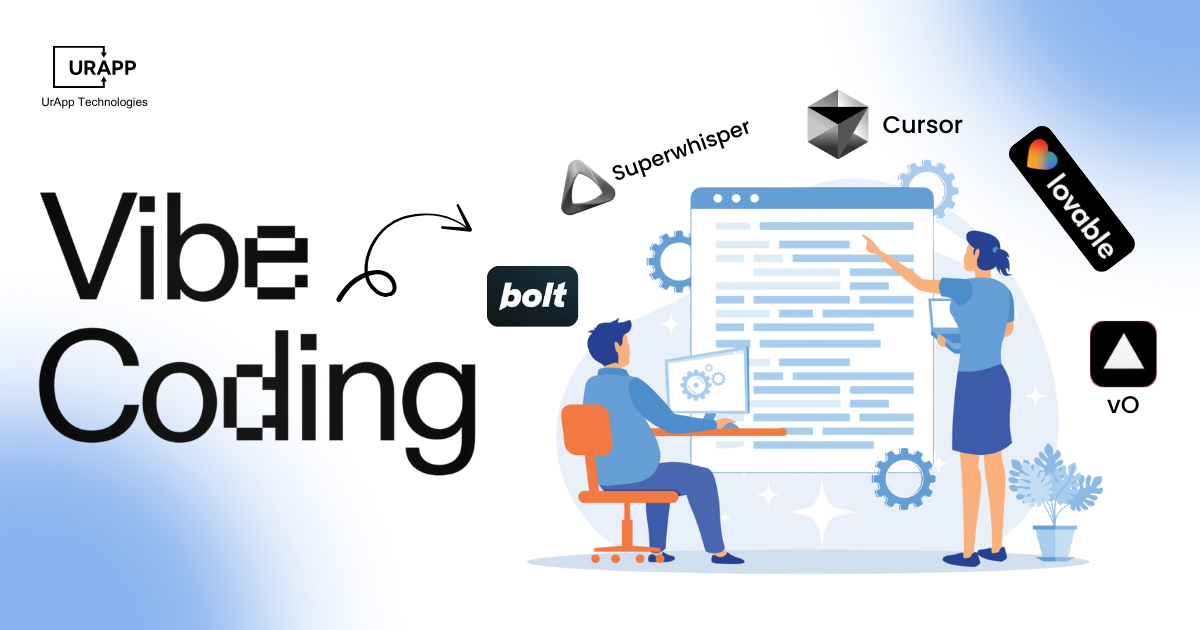Food Delivery App Development Cost in 2025
Key Takeaways
- Food delivery app development costs range from $15,000 to $150,000.
- Platform choice matters → native apps are more expensive but deliver high performance, while cross-platform solutions are cheaper and quicker to release.
- Advanced features like AI recommendations, live tracking, custom UI, and secure payments increase the budget.
- Launching an MVP helps test the market, reduce costs, and validate the idea before expansion.
Food delivery applications, which link customers to eateries with a few clicks, have become an essential aspect of modern lives. With a projected market volume of US$2.02 trillion by 2030, revenue is anticipated to expand at a 7.64% annual rate (CAGR 2025-2030). It shows strong growth each year. This rapid expansion encourages many businesses to explore the opportunity of launching their own food delivery platforms
The cost of development is determined by a variety of factors, like features, design complexity and development method. In overall, the food delivery app development cost start at around 10,000 USD for a basic version with core features like menu browsing, order placement and payment processing.
The investment may exceed 80,000 USD for a complex program with features like in-app messaging, secure payment gateways, GPS tracking, and AI-based concepts. In some cases, the development cost of a food delivery app can go over 150,000 USD when built with premium designs and advanced technology.
This blog explores everything you need to know before starting your own project. We will provide you with real cost examples, guidance on lower expenses, and cost estimation support tailored to your company's requirements. This guide will help you make an informed decision about whether to build an advanced platform or a small-scale MVP.
Understanding the Market for Food Delivery Apps
Global market value and growth statistics (Statista)
Over the past ten years, the worldwide food delivery sector has expanded steadily. It is estimated by Statista that global revenue would amount to 1.39 trillion USD by 2025. A significant shift in customer behaviour towards online ordering is seen in this rise. This kind of growth draws investors and entrepreneurs that want to establish competitive platforms.
|
Year |
Market Size (USD) |
Growth Rate (%) |
|
2023 |
825 billion |
11.2 |
|
2024 |
920 billion |
11.5 |
|
2025 |
1.02 trillion |
12.1 |
|
2027 |
1.45 trillion |
13.0 |
(Source: Statista)
Leading apps as examples
Uber Eats, DoorDash and Foodpanda are examples of platforms that demonstrate how a combination of convenience, vast restaurant partnerships and competitive price can result in high market positions. For newcomers, their success tales provide insightful lessons.
Technology Role in Growth
Customer expectations have increased due to modern technology like artificial intelligence (AI), GPS tracking and secure payment mechanisms. These tools boost trust, increase delivery accuracy and personalize user experiences. Businesses must study these trends before they estimate the development cost of a food delivery app, to ensure that the final product matches market standards.
What Affects the Food Delivery App Development Cost

Find out what factors affect the development cost of a food delivery app and how features, design, technology and team location affect this important budget consideration.
1. App Complexity and Features
App complexity stands as the primary cost driver. A basic version may include only menu browsing, order processing, user login and payment. A more advanced platform may require real-time order tracking, AI recommendations, in-app chat, loyalty programs and multi-payment options. Each added feature increases development time and cost.
Suggested Table – Cost by App Complexity
|
App Complexity |
Estimated Cost (USD) |
Key Features Included |
|
Basic |
5,000–20,000 |
Menu, login, order, basic payment |
|
Mid-Level |
30,000–50,000 |
Live tracking, notifications, multi-pay |
|
Advanced |
52,000–100,000+ |
AI recommendations, chat, loyalty programs |
(Data compiled from industry estimates)
Using this table helps set clear expectations. It illustrates how feature depth relates to the food delivery app development cost. This clarity empowers you to choose wisely based on goals and budget.
2. Platform Choice
A food delivery app's development cost is determined by whether it is produced natively or through cross platform app development. Better performance is provided by native apps, which are developed independently for iOS and Android and are more expensive. Cross platform apps save money and launch more quickly because they use the same codebase for both platforms.
By 2025, cross platform frameworks power over half of mobile projects. React Native leads, with 62% developer usage, while Flutter holds 41%
|
Platform Type |
Features Quality |
Average Cost Range |
Time to Launch |
|
Native (iOS + Android) |
Best performance and UI |
$40,000–$80,000 |
6–9 months |
|
Cross Platform |
Good performance, lower cost |
$25,000–$50,000 |
4–6 months |
Choosing the right platform influences the food delivery app development cost and overall project success.
3. UI and UX Design Quality
Design quality has great influence on both user experience and cost of food delivery app development. The development of a simple app interface will cost $3000-15000 by 2025. A high-end design cost could range between 25,000 dollars to 35,000 dollars and this could incorporate unique animations graphics and proper user testing. Netguru.
|
Design Tier |
Estimated Cost (USD) |
Key Features |
|
Basic |
3,000–15,000 |
Simple layout, few screens, minimal styling |
|
Premium |
25,000–35,000 |
Custom visuals, smooth flows, user testing |
4. Technology Stack and Frameworks
Technology stack directly affects the performance, scalability and the cost related to the development of food delivery app. Front-end libraries such as React Native and Flutter are in common use with cross-platform implementations, and backend frameworks such as Node.js and Django are conducive to stability and flexibility. Combination is often determined in line with the budget, complexity of the project, and features desired.
|
Project Type |
Common Tech Choices |
Features Level |
Estimated Cost |
|
Simple |
Flutter, React Native + Firebase |
Basic design, core flow |
$15k – $25k |
|
Medium |
React Native, MERN stack, Node.js |
Extra features, APIs |
$25k – $45k |
|
Complex |
Flutter + Django, custom integrations |
Advanced features, AI |
$45k – $80k+ |
The complexity of your project will help you go with the right framework in programming that suits your objectives and finances.
5. Development Team Location and Expertise
The location and skills of the developers directly affect the food delivery app development cost. Highly capable teams in advanced nations often charge more because of higher labour costs, whereas developers in other regions, such as Asia, charge less despite different amounts of experience. Your budget and preferred level of quality will determine which team option is ideal for you.
|
Region |
Average Hourly Rate |
Expertise Level |
Estimated Cost Range |
|
North America |
$80 – $150 |
Very High |
$40,000 – $90,000 |
|
Western Europe |
$60 – $120 |
High |
$35,000 – $80,000 |
|
Eastern Europe |
$40 – $80 |
Moderate to High |
$25,000 – $60,000 |
|
Asia |
$20 – $50 |
Moderate |
$15,000 – $40,000 |
|
Africa |
$15 – $40 |
Basic to Moderate |
$12,000 – $35,000 |
Food Delivery App Development Process

The proper establishment of a food delivery application entails an organized procedure that guarantees clear development, delivery and quality output. From market research to continuous maintenance, every step is essential to the end result and to efficiently control the development cost of a food delivery app effectively.
Market Planning and Research
- Market research is useful to get the market trend, competitors and user preferences. A detailed plan contains the core features, budget and the milestones of the project.
- Clear goals guarantee that the application satisfies user needs and avoids common mobile app development mistakes.
UI/UX Design and framework
- Wireframes are used to show arrangement and user-experience of the application. Upon this, the design team produces a remarkable interface that has a user-friendly navigation.
- Good UI/UX design makes the foundation of future growth and leads to higher client involvement.
Front end and Back end Development
- The backend deals with the operations of servers, database security and management. The frontend consists of screens that users see and app communication.
- They have to collaborate perfectly so as to deliver quick loading, real time order updates and safe transactions to both the users and vendors.
Feature Integration and Testing
- Important features have been added, like push alerts, payment methods, GPS tracking and menu control. To eliminate errors, improve performance and guarantee a seamless user experience across devices, the QA team tests every feature.
Launch and Continued Maintenance
- Frequent updates, bug fixes and regular evaluations keep it current and useful. Over time, improved performance and user satisfaction are guaranteed by frequent updates.
Development Cost and Timeline Table
|
Development Stage |
Duration |
Estimated Cost Range |
|
Market Research & Planning |
2 – 3 weeks |
$2,000 – $5,000 |
|
Wireframing & UI/UX Design |
3 – 4 weeks |
$3,000 – $7,000 |
|
Backend & Frontend Development |
8 – 10 weeks |
$15,000 – $40,000 |
|
Feature Integration & Testing |
4 – 5 weeks |
$5,000 – $12,000 |
|
Launch & Maintenance |
Ongoing |
$1,000 – $3,000 per month |
Technology Used in Food Delivery App Development
Backend, frontend, APIs and security are all essential components of a robust technology stack for food delivery app development. Python, Node.js and BaaS platforms are examples of backend choices that offer scalability and speed of setup. React Native and Flutter are examples of frontend frameworks that save time and money and support both iOS and Android with a single codebase.
Payment systems, mapping, restaurant administration and the frontend are all connected by APIs. Performance and seamless integration are guaranteed via BaaS SDKs and RESTful APIs.
Through multi-factor authentication, encryption and protections against abuse or breaches, security ensures compliance and confidence and protects customer and transaction data.
|
Component |
Common Tools / Technologies |
Importance |
|
Backend |
BaaS platforms, Node.js, Python |
Scalable and efficient server logic |
|
Frontend |
Flutter, React Native |
Single codebase for faster deployment |
|
APIs |
RESTful, BaaS SDKs |
Seamless integration and data exchange |
|
Security |
Encryption, authentication layers |
Protection of data and user trust |
|
Payment Gateways |
Stripe and Paypal |
Secure payments via Stripe & PayPal |
Cost Breakdown for Different App Types

This section explains how much you may pay for a food delivery app based on its scope. Each type provides an accurate estimation of the food delivery app development cost, whether it is an MVP or a fully functional platform. You can choose what suits your budget with the help of the breakdown.
The Cost of simple MVP Apps
The simplest possible MVP consists of such tasks as ordering, online menu browsing, check-out and the functionality to create a simple user profile. Depending on the design complexity, and platform, it averagely goes at between 30,000 and 50,000 dollars. Many organizations choose for MVP development in order to quickly test the market and assess concepts. If you opt for an MVP you can avoid common mobile app development mistakes, help gather early feedback and keep the initial food delivery app development cost under control.
Mid-Range App Price
A mid-range app has advanced UI/UX, evaluations, real-time tracking and notifications, among other things. The expected price range is $50,000 to $100,000. This level strikes a balance between production quality and consumer expectations. It is appropriate for companies that want to provide a more comprehensive experience without going all the way to corporate complexity.
Cost of an Advanced App
High-end features like loyalty programs, AI recommendations, multilingual assistance and reliable administrative systems are all part of advanced development. These systems range in price from $100,000 to $200,000 or more, based on the scalability requirements and integrations. This kind is aimed at companies who want a competitive, market-ready platform with advanced features.
Cost Comparison Table
|
App Type |
Key Features |
Estimated Cost (USD) |
|
Basic MVP |
Menu, Order, Payment, Simple UI |
$30,000 – $50,000 |
|
Mid-Range App |
Tracking, Ratings, Notifications |
$50,000 – $100,000 |
|
Advanced App |
AI, Loyalty, Multi-Language, Admins |
$100,000 – $200,000+ |
How to Reduce the Cost of a Food Delivery App?

The development cost of a food delivery app can be lowered without compromising its quality. Outsourcing development to countries with skilled yet affordable talent helps reduce expenses significantly. Using pre-built modules for payment gateways, order tracking and notifications eliminates the need for building every feature from scratch. Companies should plan more complex features for later updates and just focus on the most important elements at the initial launch.
According to Statista, revenue is anticipated to expand at a 7.64% annual rate (CAGR 2025–2030), with a predicted market size of US$2.02 trillion by 2030. It displays the prospects for newcomers. Effective resource use and budget overruns can be avoided with careful advance preparation.
|
Strategy |
Cost Impact |
Efficiency Level |
|
Outsourcing development |
Lower labor costs |
High |
|
Pre-built modules |
Reduce coding time |
High |
|
Prioritizing features |
Avoid extra costs |
Medium |
For startups, exploring MVP development first can further reduce food delivery app development cost by validating the idea before committing to full-scale production.
Conclusion
Businesses may more clearly manage their budgets when they have an accurate grasp of the food delivery app development cost. The total expenditure is influenced by elements like platform selection, app features, design quality and connection with safe payment methods. Timely app development is a beneficial choice because global online meal delivery income is predicted to expand consistently, as per Statista industry data. Reliable development, clear costs and customized solutions are guaranteed when you partner with an experienced company like UrApp Tech. UrApp Tech has the skills required to develop competitive, user-friendly applications that satisfy contemporary client expectations for companies looking to enter or grow in this sector.






